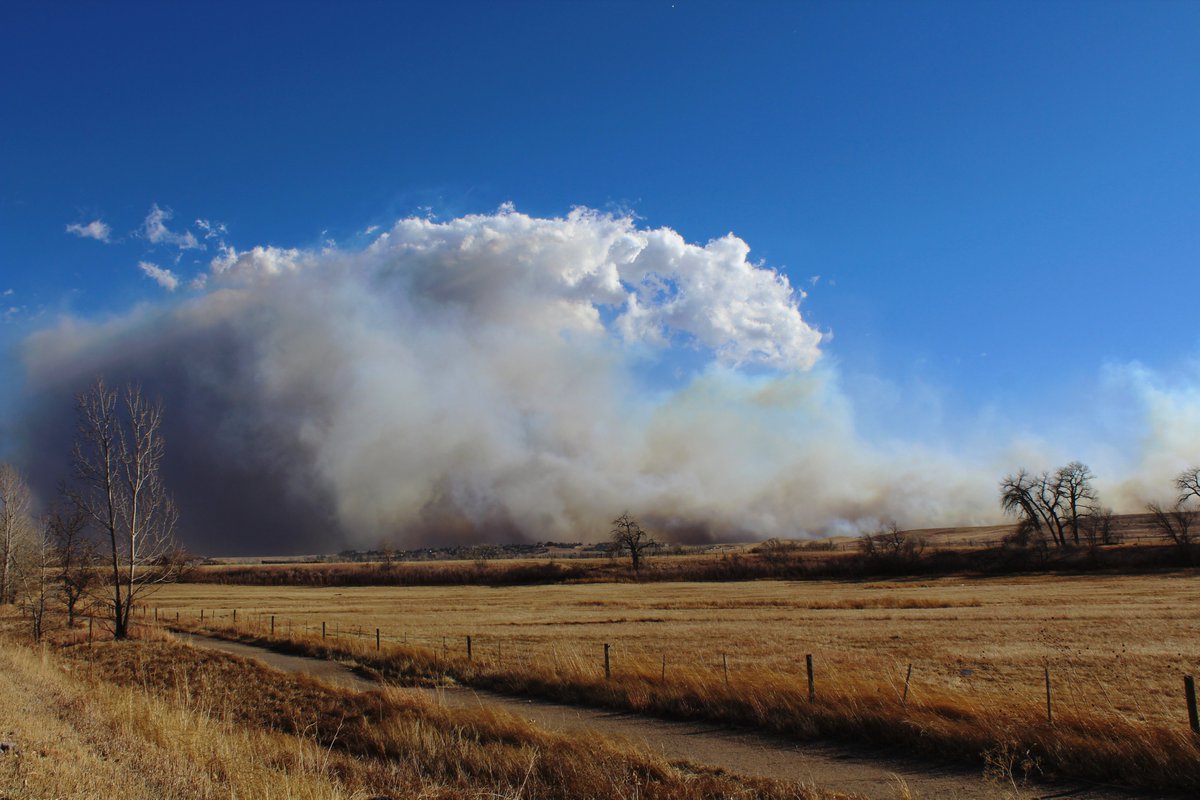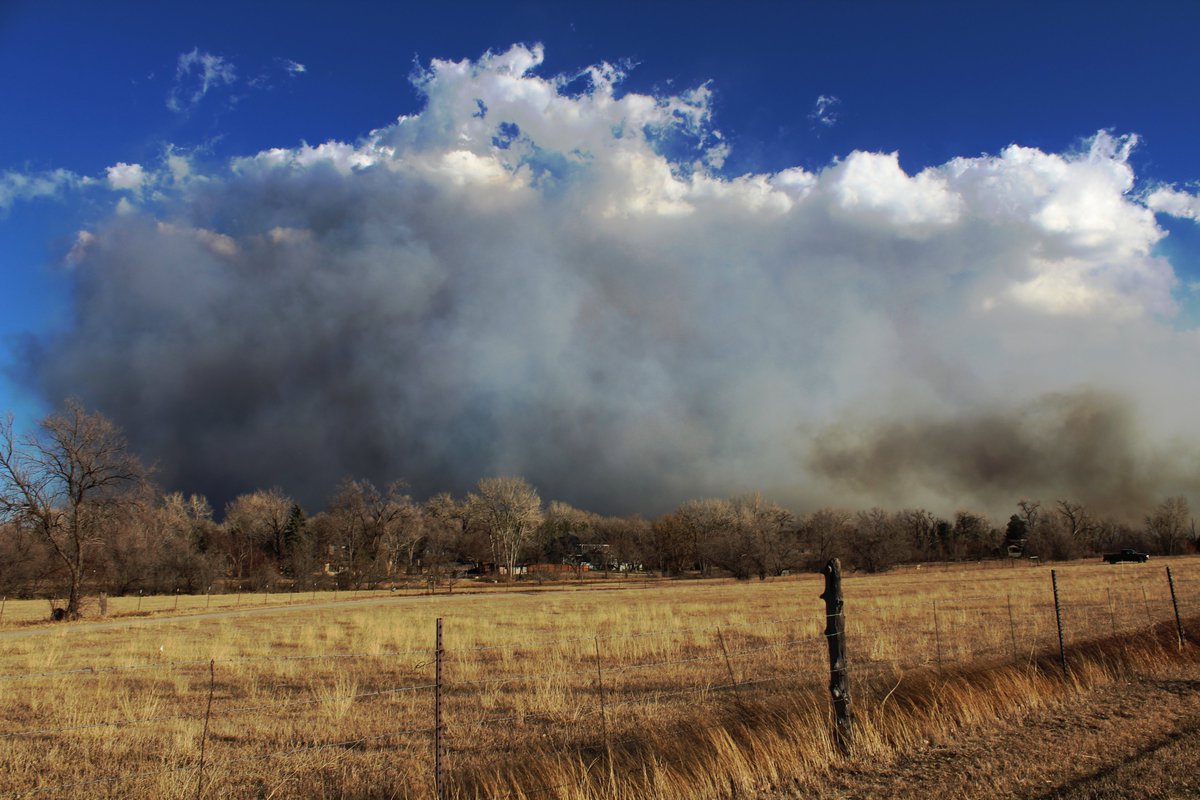
Very compelling and timely new analysis out in @Nature led by @DrBalch and featuring co-authors including @climate_guy, @_mikoontz, and @peedublya on how #climate warming is weakening the global barrier to nighttime fire. nature.com/articles/s4158…
They find a strong trend toward increased nighttime fire activity across most regions globally, driven primarily by increases in overnight vapor pressure deficit (VPD). In western U.S., number of flammable nights have increased by 45% in past 4 decades! nature.com/articles/s4158…
These quantitative findings strongly corroborate widespread anecdotes from wildland firefighters, who have reported remarkable increases in nighttime burning activity that seriously challenge historical fire management strategies--which assume fires usually "lie down" at night.
As authors point out, there is already evidence that climate change has increased max wildfire burning conditions during daytime across most key wildfire regions globally. But weakening nighttime burning constraints have been under-studied until present. nature.com/articles/s4158…
.@Nature also highlighted this work in a targeted Research Briefing, which is also worth reading. nature.com/articles/d4158…
As climate continues to warm, there is strong evidence that VPD in key wildfire regions globally will continue to increase, and that overnight fire constraints will further weaken. This has large implications for wildland firefighting strategies & prescribed fire implementation.
• • •
Missing some Tweet in this thread? You can try to
force a refresh

















